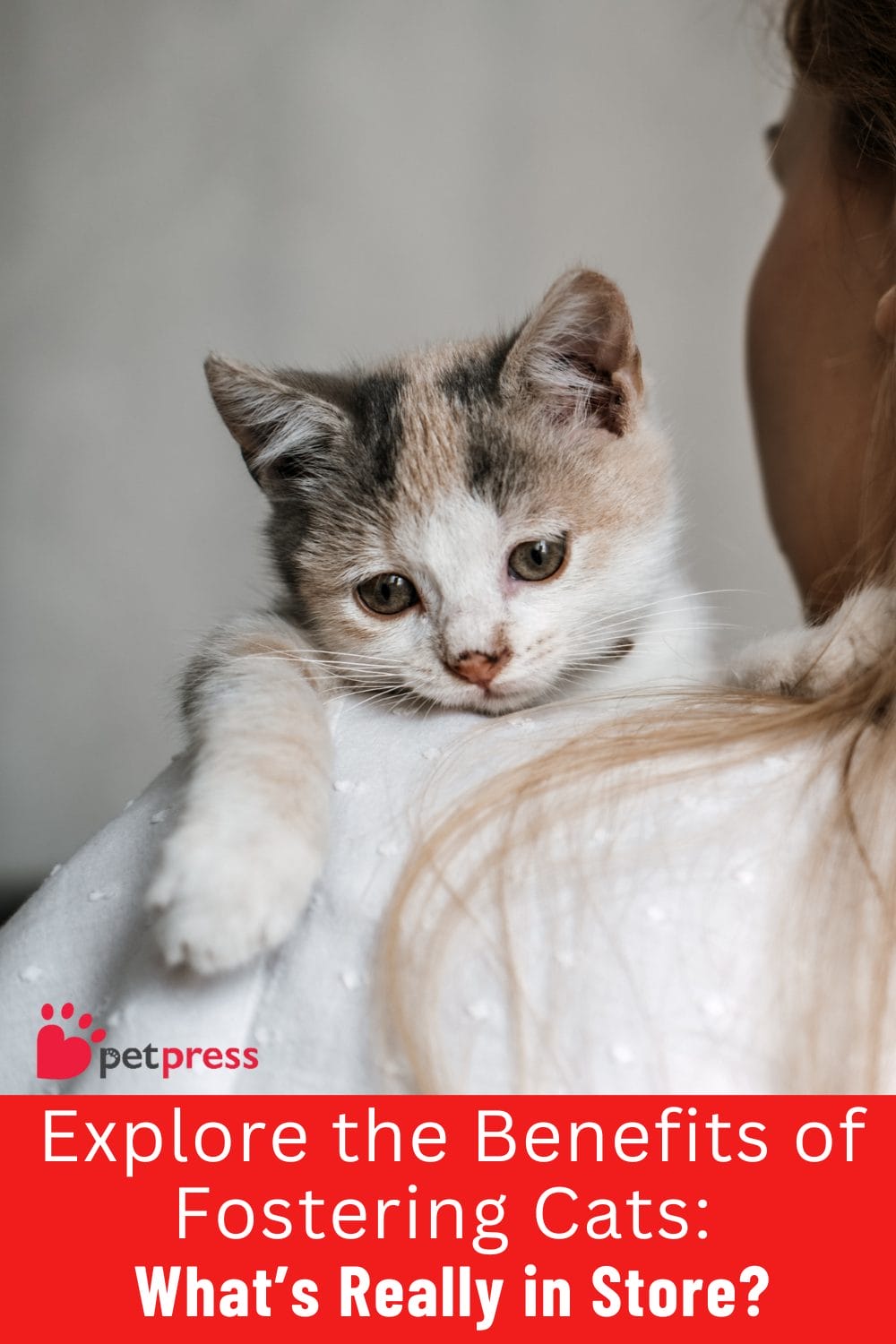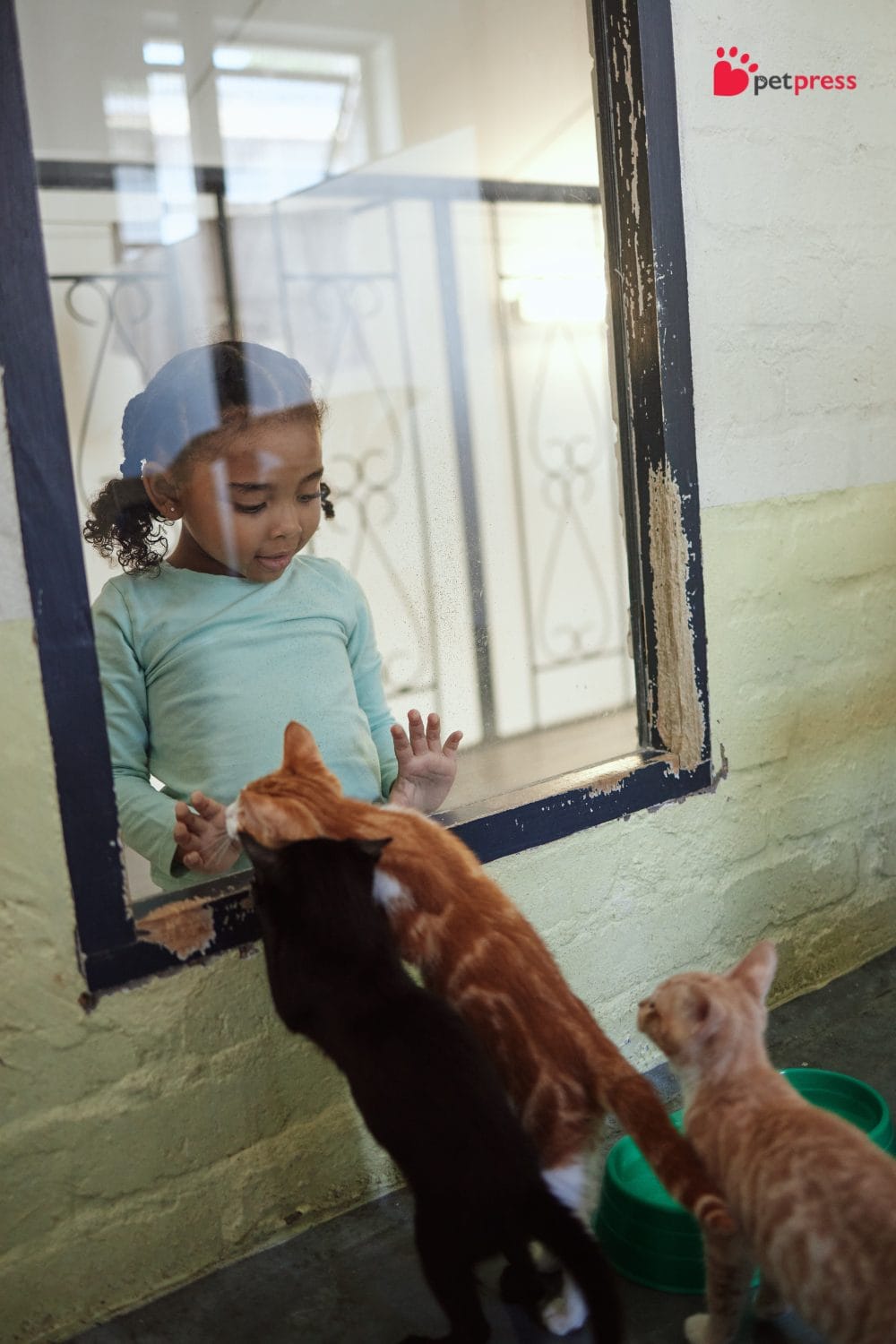
Have you ever considered the benefits of fostering cats? It’s more than just helping out—it’s a journey of love and companionship. Opening your home to a foster cat not only aids overcrowded shelters but also enriches your own life. These animals bring joy, comfort, and a sense of purpose to your daily routine.
Imagine coming home to a grateful purr and affectionate nuzzles after a long day. Fostering offers a unique emotional bond, creating memories that last even after your furry guest has found a forever home. The experience strengthens community ties and promotes a culture of care and support. Isn’t it wonderful to be part of something bigger than yourself?
What Does Fostering Cats Involve?
Fostering cats means temporarily opening your home to a kitty in need. It’s a commitment to care for them until they find a permanent home. This involves love, patience, and a willingness to help a creature grow and thrive.
Day-to-Day Responsibilities
- Feeding: Ensure your foster cat has a nutritious diet suited to its age, health, and energy levels.
- Grooming: Regular brushing helps keep their coat healthy and provides a bonding opportunity.
- Playtime: Engage them with toys and activities to keep them active and entertained.
The joys of fostering include witnessing their development and knowing you’re helping them on their journey to a forever home. However, prepare for challenges like saying goodbye when they are adopted. It’s bittersweet but ultimately rewarding.
Benefits of Fostering Cats
Here are the heartwarming and life-changing benefits of fostering cats, and you can see how it can bring joy to both your life and theirs.
- Emotional Healing: Fostering cats offers companionship, which can greatly alleviate feelings of loneliness and depression. You’ll gain a loving friend who needs your care.
- Reduced Stress: The simple act of petting a cat can lower stress and anxiety levels. Enjoy peaceful moments with your foster cat that enhance mental well-being.
- Learn and Educate: Fostering provides a hands-on education in pet care. Share your knowledge with friends and family, encouraging responsible pet ownership.
- Community Impact: By fostering, you help your local animal shelters. This support gives cats a better chance at a permanent home, easing shelter overcrowding.
- Flexibility: Unlike adopting, fostering is not a lifelong commitment. It’s a temporary arrangement that’s manageable for people with changing lifestyles.
- Test the Waters: If you’re considering adopting, fostering can be your trial run. It helps you understand what caring for a cat involves without a permanent commitment.
Each of these benefits not only enhances your life but also significantly contributes to the welfare of cats in need. Consider opening your heart and your home to a furry friend; it could change both of your lives forever.

Preparing to Foster a Cat
Ensure a smooth introduction to any existing pets by managing interactions carefully and providing a quiet retreat for your new foster.
Home Preparation
To keep your foster cat safe, you’ll need to cat-proof your home effectively. This means securing any loose wires or small objects that could be hazardous. Windows should have secure screens to prevent any curious attempts at exploring the outside unsupervised.
Designate a quiet corner or room in your home where the foster cat can retreat to feel safe and undisturbed. This personal space is vital for their comfort and adaptation to a new environment.
Getting the Right Supplies
For a smooth fostering experience, it’s essential to have the right supplies ready before the cat arrives:
- Litter Box: Essential for hygiene, place it in a quiet, accessible location.
- Food and Water Bowls: Stainless steel or ceramic are preferable, kept clean and filled.
- Cat Food: Discuss with the shelter or a vet to continue whatever diet they have been on to avoid digestive issues.
- Toys: Engage your foster cat with various toys, like balls, feathers, or interactive toys, to keep them mentally and physically stimulated.
Integration with Other Pets
Introducing a foster cat to your existing pets requires patience and careful management, especially with dogs, which can be overly enthusiastic. Begin by isolating the foster cat in its own space, allowing all animals to get used to each other’s smells indirectly through objects like bedding or toys.
Gradually introduce face-to-face interactions in controlled, short sessions, always supervised. Watch the body language of each animal closely during these meetings to ensure they are adjusting well without stress or aggression. Maintain a routine to help all pets feel secure and manage their expectations.
By taking these steps, you create a nurturing environment that encourages harmony and health, making your fostering journey a positive one both for the cat and your family.

Common Challenges and How to Overcome Them
Fostering a cat can be incredibly rewarding, but it also comes with its own set of challenges. Here are some common obstacles foster cat parents face and practical tips on how to overcome them.
Behavioral Issues
Sometimes, fostering cats can mean dealing with shyness or mild aggression. These behaviors are often rooted in the cat’s past experiences or fear.
- Provide a Safe Space: Set up a quiet area where your foster cat can feel secure and retreat if overwhelmed.
- Routine is Key: Maintain a consistent routine for feeding, play, and cuddling to help the cat feel more at ease.
- Patience and Positive Reinforcement: Use treats and gentle talking to encourage positive behaviors and build trust.
Health Concerns
Recognizing signs of illness and understanding the need for regular veterinary care are crucial for fostering.
- Regular Vet Visits: Ensure the cat has a health check-up soon after fostering and keep up with any recommended appointments.
- Watch for Signs: Keep an eye out for symptoms like lethargy, unusual eating habits, or changes in behavior.
- Immediate Care: If you notice anything concerning, contact a vet promptly to get the necessary care.
Emotional Attachment
It’s natural to grow attached to a foster cat, but preparing for their departure is part of the fostering process.
- Mindset Preparation: Remind yourself regularly that the goal is to prepare the cat for a forever home.
- Create Lasting Memories: Take photos and keep a journal of your time together to cherish after the cat has been adopted.
- Stay Positive: Focus on the success of helping the cat find a loving, permanent home.
By addressing these challenges thoughtfully, you can make your fostering experience as rewarding as possible for both you and your temporary feline friend.

Conclusion
Fostering a cat can be one of the most rewarding experiences you’ll ever have. From the daily joys of caring for a playful, purring companion to the deep satisfaction of contributing to a wider social good, the benefits of fostering cats are immense. Every moment you spend nurturing these animals helps alleviate the strain on animal shelters and provides essential socialization and love for the cats.
Remember, while fostering does come with its challenges—whether they’re behavioral quirks, health concerns, or the inevitable goodbye—the emotional and communal rewards are profound. These challenges are not just obstacles but opportunities to grow in compassion and resilience.
As you consider opening your home to a foster cat, think about the great deal of happiness and positive change you’d be bringing into your life, and the lives of these wonderful animals. Step forward with a caring heart, and you’ll discover just how much love and laughter a foster cat can bring into your home.
Share this journey on your social media to inspire others and spread the message—let’s make the world a better place, one happy cat at a time!
FAQs about the benefits of fostering cats
Fostering can vary from a few weeks to several months, depending on the cat’s needs and the adoption process.
You’ll need a safe, cat-friendly environment, time to care for and socialize the cat, and sometimes approval from your living situation or landlord.
Yes, shelters often allow you to specify preferences regarding age, temperament, and health status to match you with a suitable foster cat.
Yes, many foster parents fall in love and decide to adopt their foster cats. This is often called a “foster fail” in the community, but it’s a happy outcome!
Ensure that your home is safe and cat-proofed, with no loose wires or harmful substances, and that you have a cozy space ready for them to settle in.
- Can Pets Sense Pregnancy in Humans? - October 1, 2024
- 6 Unusual Pets for Adventurous Owners: From Tarantulas to Pigs - September 30, 2024
- Feline Hyperthyroidism: Early Signs and Modern Treatments - September 30, 2024


GIPHY App Key not set. Please check settings